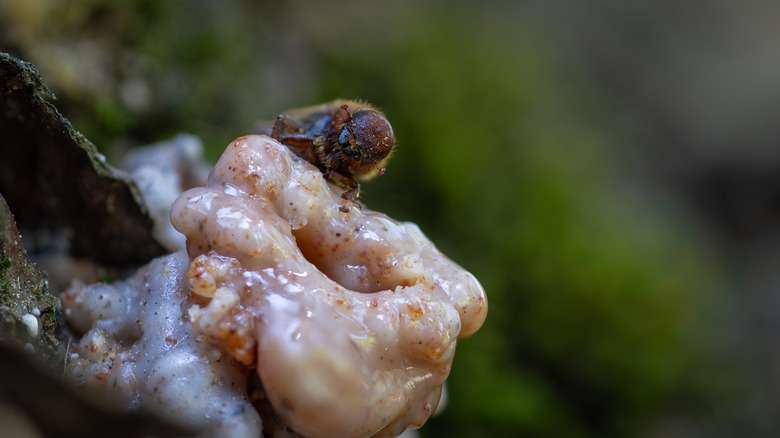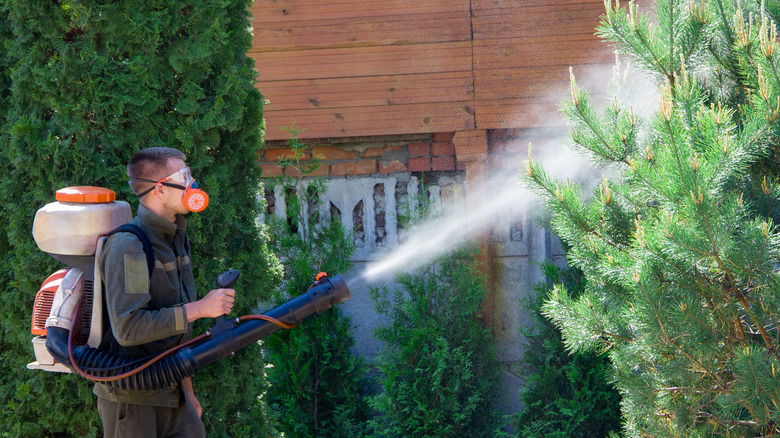What Can You Do If Your Trees Are Infested With Pine Beetles?
A thriving pine tree is a thing of beauty, but what if your pine tree doesn't seem so healthy? If you notice curious mounds of sticky sawdust dotting the trunks of the tree, this is a telltale marker that pine beetles have begun their feast. You may also spy piles of red sawdust at the base of the tree, and the needles may already have started turning orange or brown. Depending on where you live in North America, this is the work of mountain, western, or southern pine beetles. These highly destructive bugs primarily target weak trees, but if there's a large beetle population in your area, even healthy trees may be at risk.
Sadly, most sources report that once a tree is infested with pine beetles, there's very little you can do to save it. It's best to have the tree removed to protect neighboring pines. Once you spot the first signs of pine beetles, you may want to call a tree service. Unfortunately, this can cost you a huge chunk of change; the average cost to hire an arborist is between $300 to $1,800 per project, depending on the scope of the work. But if you have the means and lots of pines at stake, this could be a worthy investment. An arborist will have ideas on possible chemical and manual interventions. While it's unlikely they will be able to save an infested tree, they'll certainly share procedures that can prevent further spread.
An ounce of prevention can save your trees
If you find a tree that beetles are currently feeding on, this is likely a sign that tree removal is the right decision for your yard. Taking down a tree is dangerous business, so check out our guide to everything you need to know to cut down trees in your yard, and consider hiring a professional. It's important to have the pine taken down before the beetles move on to fresh targets, but a toppled tree full of beetles is still a threat. The least time-intensive way to handle logs from infested trees is to chip them. Other strategies include removing the bark and burying the logs.
If your remaining pine trees are at high risk of pine beetle infestation, then you may need to consider having an arborist or pest control expert apply preventative treatments. There are two types of pesticides for pine beetles — bark surface sprays and systemic pesticides. Both can protect healthy trees but do little to protect trees which are already infested. Bark surface sprays target beetles before they can enter the tree, but they can also be harmful to beneficial insects. Systemic treatments are injected into the tree, and kill the beetles when they begin to feed. Systemic treatments are less likely to negatively impact non-targeted bugs, but they are slower to take effect. You may need a combination of both types of pesticides to protect your trees. Sprays can be effective anywhere from six months up to two years, and injections can last two to three years.

